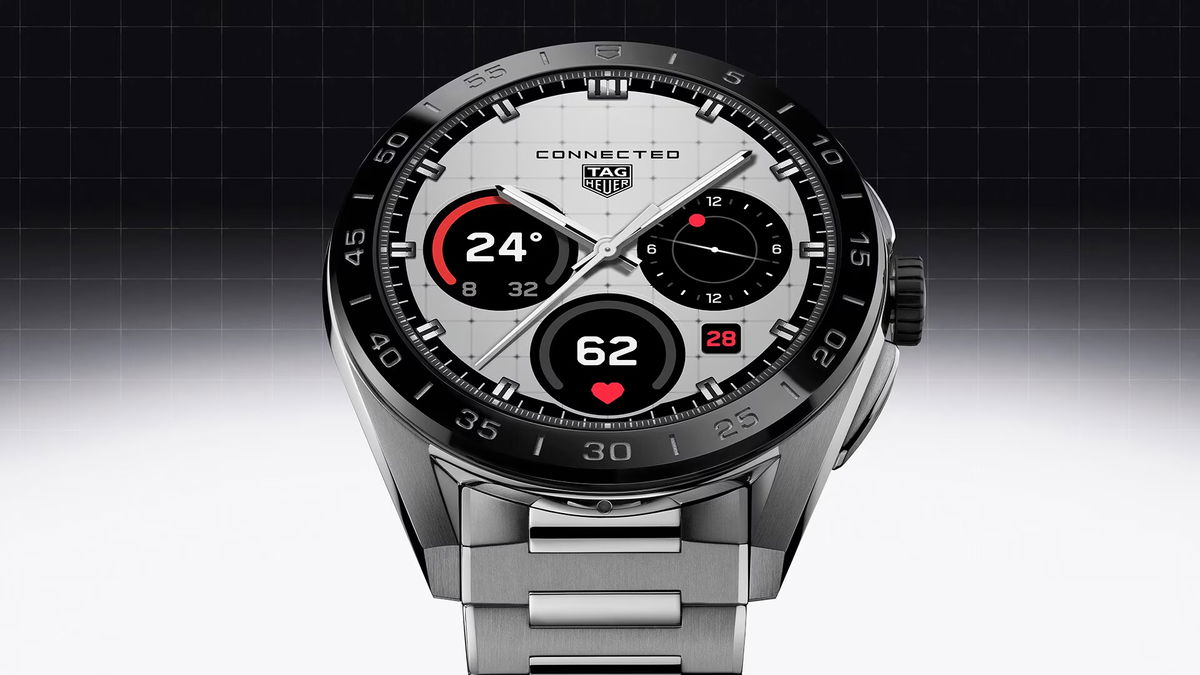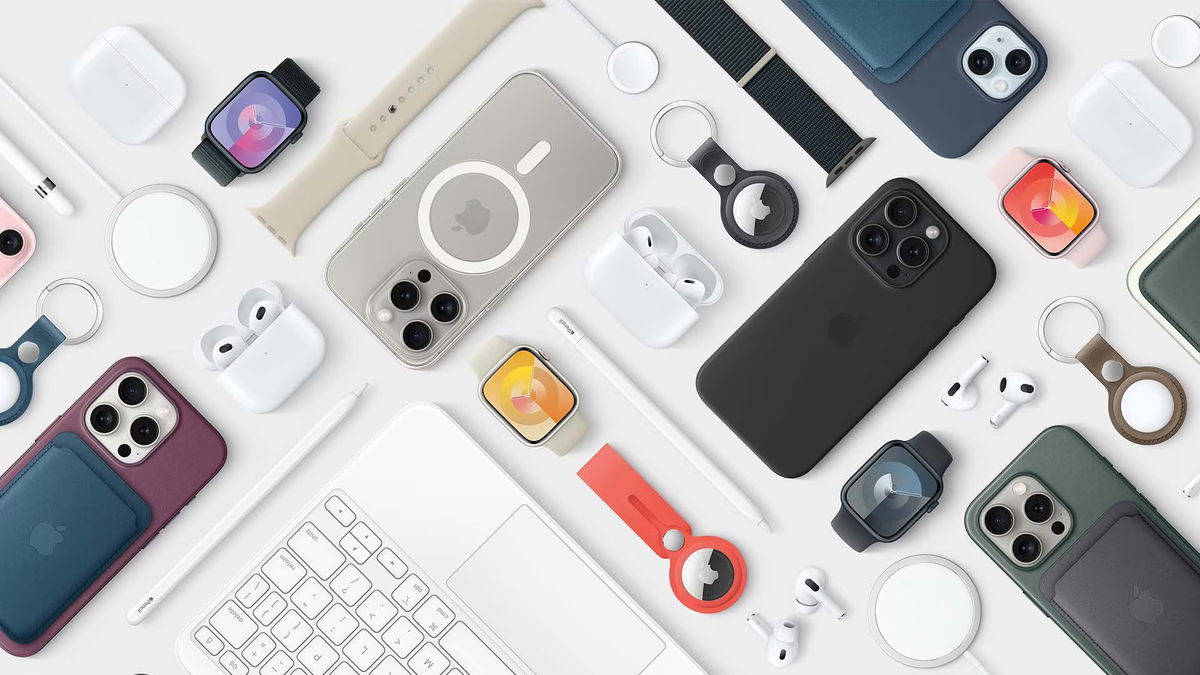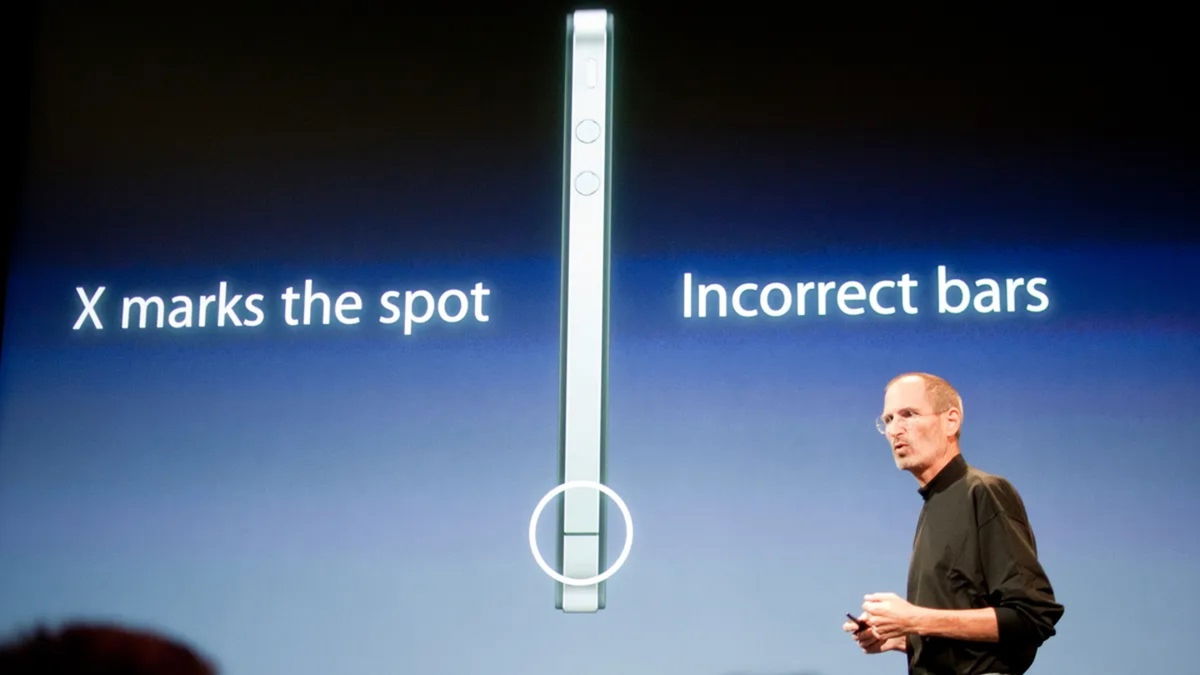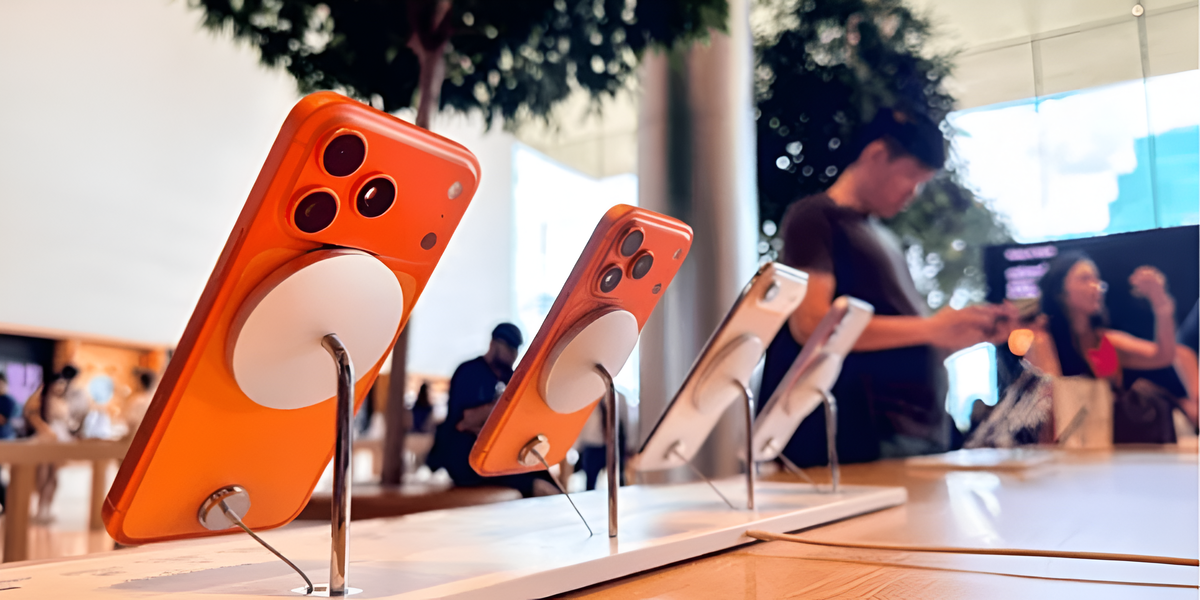Chances are that the next time you look at a cell phone’s specs, you’ll notice that the 5,000mAh+ battery (pretty much the standard for mid-to-high range) isn’t made of lithium-ion, but carbon-silicon. But what are silicon and carbon batteries, and why are they the future of smartphones?
A revolution born in electric vehicles
Carbon-silicon batteries were born in the electric vehicle industry out of a need to find cells that could store more energy to propel a car. Tesla, which until recently led the way in electric vehicles, was the first to introduce silicon-carbon batteries in 2016 in the Tesla Model 3, an affordable model from Elon Musk’s automaker.
But what is a carbon-silicon battery? To understand this, we need to briefly explain how a battery works. Batteries are devices that produce electrical energy through a chemical reaction between two poles: a positive one, known as the cathode, and a negative one, known as the anode.
Lithium-ion batteries, like the ones you probably have in your cell phone or laptop, use graphite as an anode and produce electrical energy through a chemical reaction with a lithium salt used as an electrolyte. These materials are extremely well known, so there is little room for improvement. That is, no matter how much research improves, lithium-ion batteries are limited to producing a certain amount of energy. Specifically, lithium-ion batteries are limited to a theoretical capacity of 372 mAh/g, meaning the higher the energy requirement, the larger the battery required.
This is where silicon comes into play, and when used as an anode, it achieves an energy density 10 times higher, theoretically around 3579 mAh/g. The key is replacing the typical graphite anode with a silicon/carbon compound to store more lithium ions. It is important not to overlook the fact that lithium continues to be a key component, as it remains the main element of the electrolyte (the liquid that enables the flow of energy in the battery), with the difference being that the pole that generates the energy, the reaction, allows more energy to be stored.
To put it bluntly, carbon-silicon batteries will be – or rather are – the future of smartphones, as they will allow for higher-current batteries without affecting the form factor. That means we will likely soon see batteries with a capacity of over 6,000 mAh in smartphones with 6.5-inch screens.
To 6000mAh batteries with 100W charging

Today, we are starting to see the first smartphones with carbon-silicon batteries. The most recent example is the Honor 200 and Honor 200 Pro family, which uses 5,200 mAh batteries and 100W fast charging. Previously, we saw a 5,600 mAh battery with 80W fast charging on the Honor Magic6 Pro. And while we have indeed seen smartphones with lithium-ion batteries with similar capacities and charging speeds, consider how long it took for this to happen. Will lithium-ion batteries ever reach this capacity?
Of course, these changes have brought tangible benefits to all users, and in the coming years they will undoubtedly increase: greater autonomy of our mobile devices.
Source: Digital Trends













